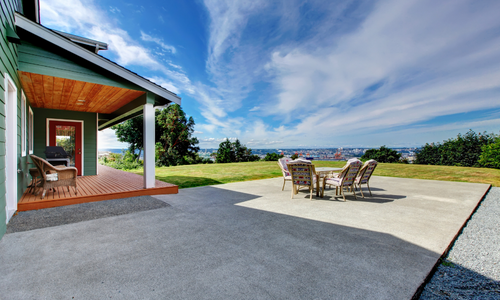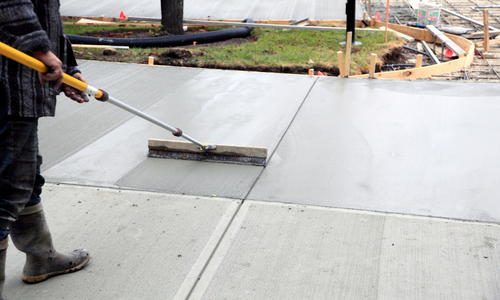How long does it take for the concrete to cure
Concrete Curing Factors
As the premier experts in
concrete installation and maintenance in Sierra Vista, AZ, at Sierra Vista Concrete, we're here to guide you through the essential phase of concrete installation: curing. Understanding the concrete curing process is crucial for ensuring the longevity and durability of your concrete surfaces. Let's delve into the intricacies of how long it takes for
concrete to cure and the factors influencing this process, optimizing your project for the best results.
Understanding Concrete Curing
Concrete curing is a critical process that begins immediately after the concrete has been poured. It involves maintaining optimal moisture and temperature levels to allow the cement within the concrete mix to hydrate and harden effectively. This process transforms the initial liquid mixture—comprising cement, water, and aggregate (such as sand and gravel)—into the strong, durable material we rely on for our construction needs. Adequate curing is paramount; without it, concrete can prematurely dry, leading to a compromised structure prone to cracking and reduced strength.
The Timeline for Concrete Curing
The duration required for concrete to cure to a point where it achieves its full strength is not fixed; it's influenced by several environmental and material factors. Typically, concrete can support foot traffic within 24-48 hours post-pouring, but reaching optimal strength can take up to several weeks.
Temperature's Role
Temperature plays a pivotal role in the curing process. Concrete cured at temperatures between 50 and 90 degrees Fahrenheit tends to achieve optimal strength. Temperatures outside this spectrum can slow down the curing process or lead to defects. Cold conditions delay curing and strength development, while excessively high temperatures can cause rapid moisture loss, leading to cracks. Employing methods like insulated blankets or heaters can mitigate these risks by maintaining a stable temperature.
The Importance of Humidity
Humidity levels significantly impact the curing process. Ideal conditions range between 50 and 70 percent humidity to prevent the concrete from drying too quickly or retaining excess moisture, both of which can adversely affect the concrete's integrity. Tools such as moisture meters can help monitor and adjust the site's humidity levels, ensuring a conducive curing environment.
The Influence of Concrete Thickness
The thickness of the concrete also dictates the curing time. Thicker slabs require more time to fully cure compared to thinner ones. For instance, a 4-inch slab may take up to 28 days to achieve full strength, whereas a 2-inch slab could be ready in just 7 days.
Assessing Cure Status
Determining when concrete has cured sufficiently involves conducting a compressive strength test, which measures the concrete's ability to withstand force. This test is crucial for ensuring the concrete is ready for its intended use, be it pedestrian traffic or supporting heavy loads.
Conclusion
At
Sierra Vista Concrete, we emphasize the importance of patience and precision in the concrete curing process. Rushing this stage can compromise the structural integrity and longevity of your concrete installations. Adhering to the recommended curing times and conditions will ensure your concrete surfaces are durable, strong, and ready to withstand the demands of their application. Should you have any questions about your specific project or the curing process, our team of experts is always here to provide guidance and support, ensuring your concrete installations are performed flawlessly from start to finish. Just
contact us anytime!

Like This Post? Share It...
You might also like
Blog of Sierra Vista Concrete



